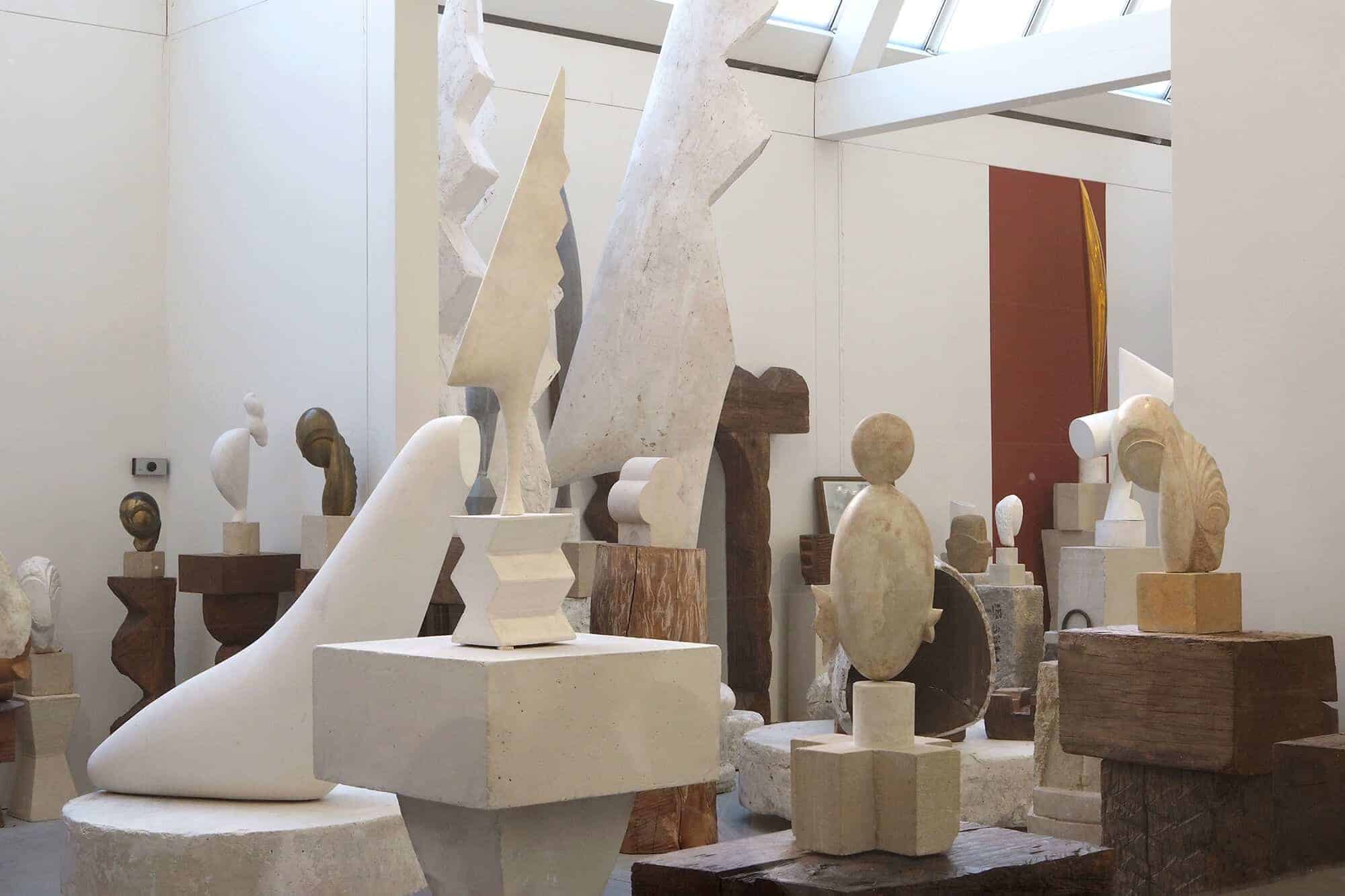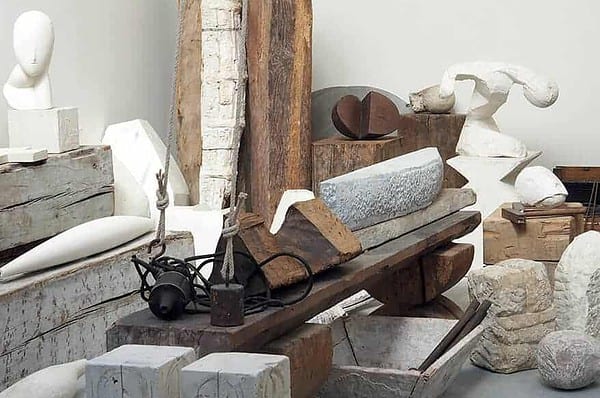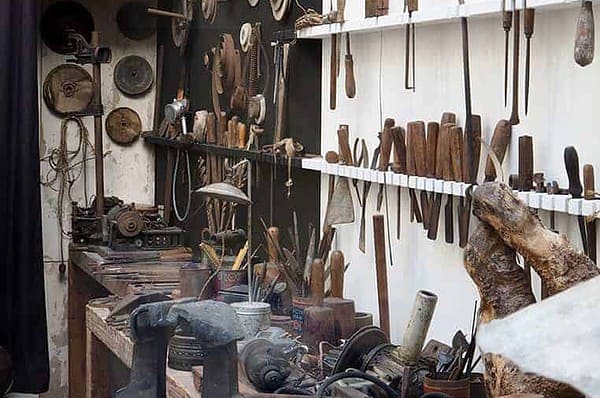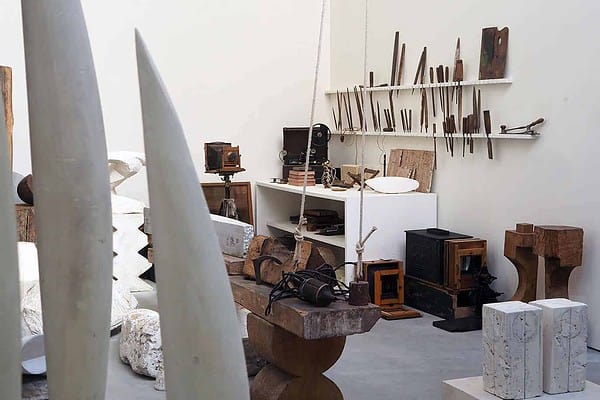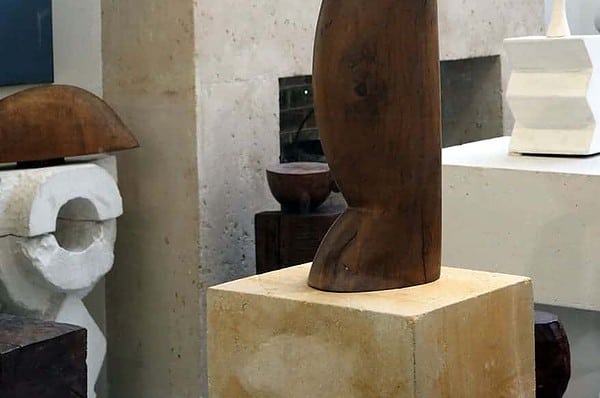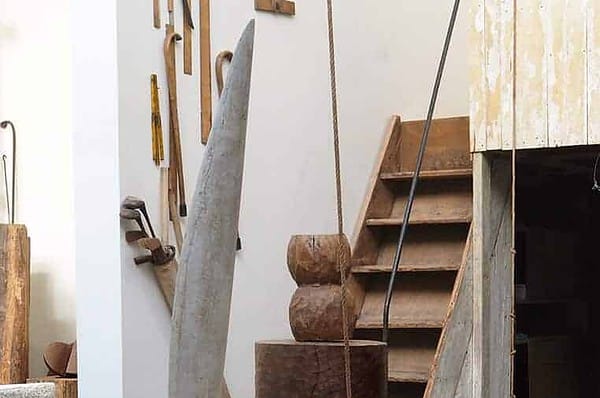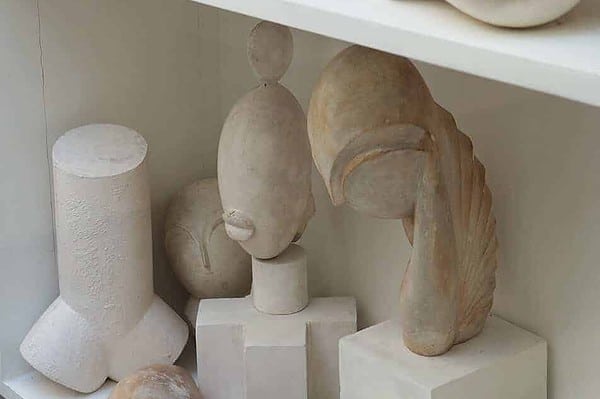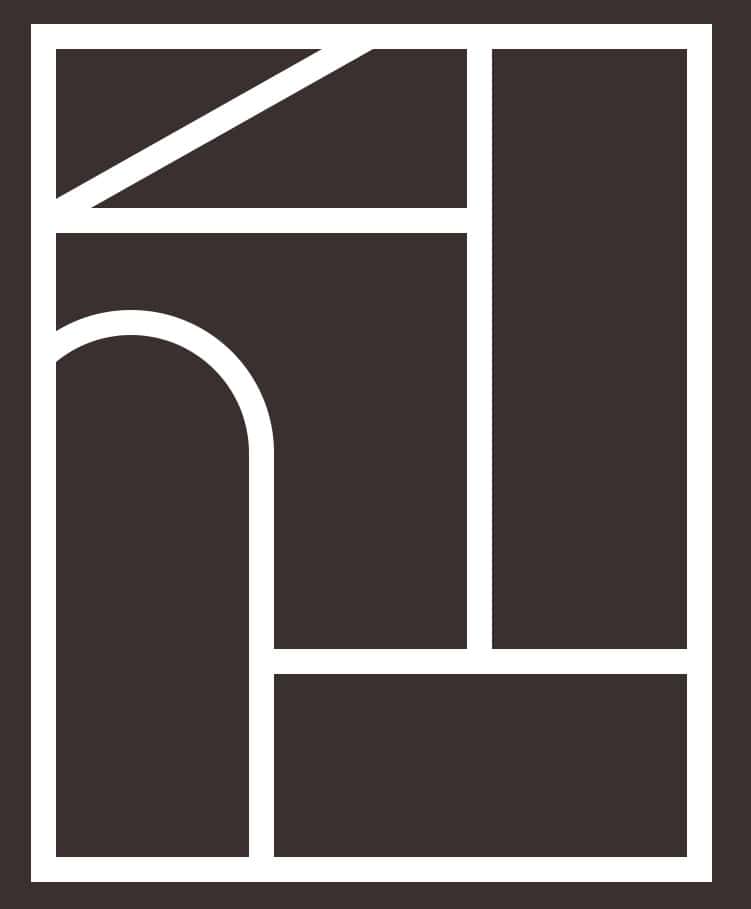My favourite gallery in Paris. The Atelier Brancusi.
Hidden away next to the Pompidou Centre is the Atelier Brancusi. If you didn’t know about this place I’m pretty sure most people wouldn’t even notice it’s there, which is also evident by its lack of queues. I have to say I’m sort of glad the crowd isn’t too crazy as this space needs to be explored in peace however, anybody who loves sculpture needs to visit.
Constantin Brancusi was a sculpturer born in Romania but worked for most of his life in Paris, which was the heart of modern European art. He was born in 1876, this period was a time of huge change art with the emergence of Impressionism which then led on to cubism and through to modern art.
After showing early an early talent for woodworking he enrolled in the Bucharest School of Fine Arts and studied sculpture. Brancusi arrived in Paris in 1904 at the age of 28. He began working in a number of workshops including that of Auguste Rodin. Feeling the need to expand his own style he left and began to create and hone his own modern take on sculpture.
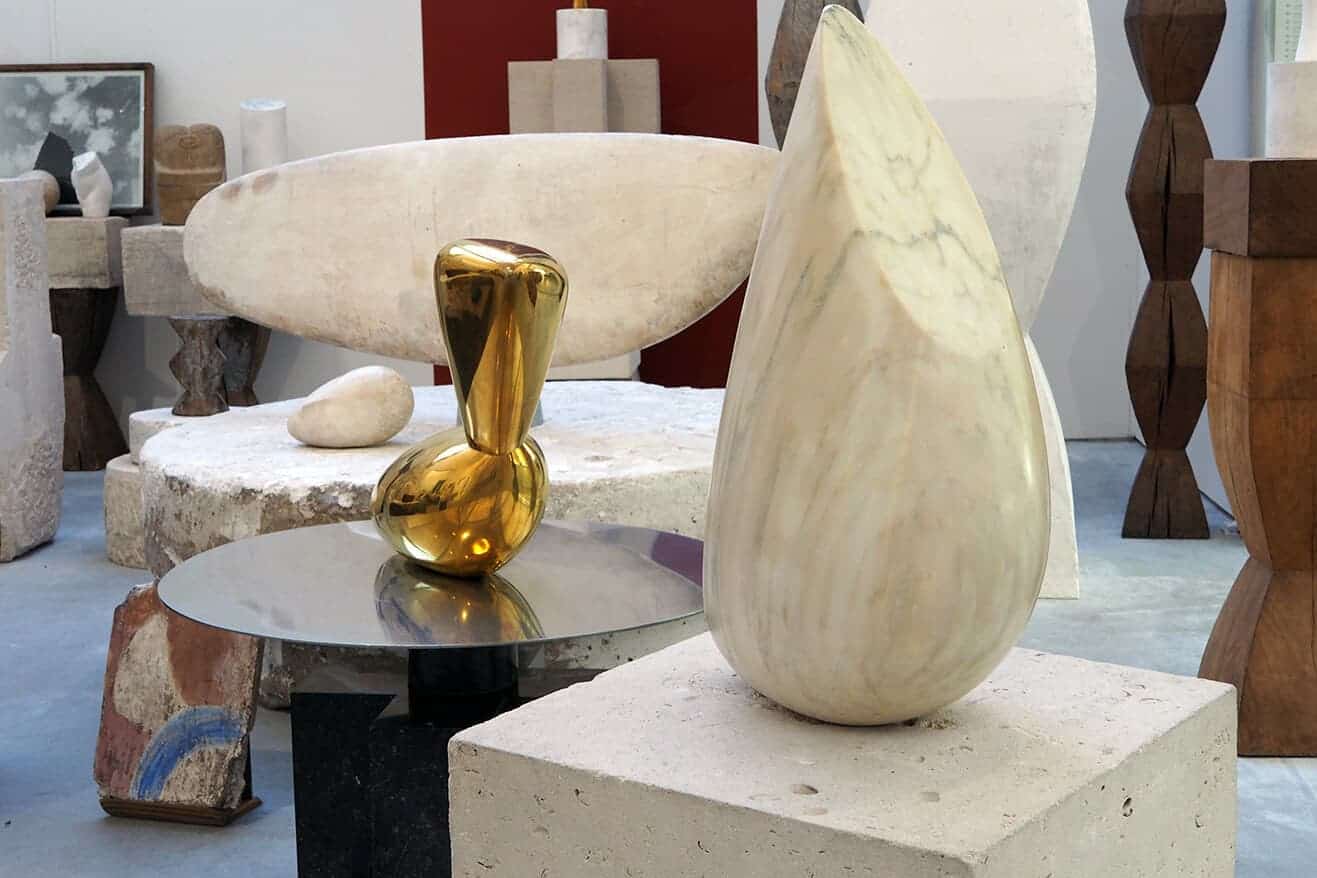
Montparnasse
In 1916 Brancusi moved to a studio on Impasse Ronsin which was a small alleyway in Paris, he lived and worked at no.8 then finally no.11. The area had always been home many to artists due to the cheap rent, but during the 1950s this small alleyway was home to what would become some of the worlds finest artists in Max Ernst, Yves Klein, Jean Tinguely, Martial Raysse, Niki de Saint Phalle, and Claude Lalanne. I can only imagine the amount of inspiration they took from each other in that environment.
The alley now is, of course, unrecognisable and the artists have left but from the early to mid-1900’s it was a space for a new community of artists who were breaking boundaries and turning the art world on its head.
Working Studio
The studio expanded and became a series of interconnecting rooms, two for the display of his art and a further two for ongoing work and a tool storage area. The studio was stripped back and relatively bare with the focus being on the raw materials he used for his work and tools. Brancusi’s studio would become a piece of art in itself and began to create ‘mobile groups’ sculptures which would live alongside each other and change the relationship between the space and the sculpture.
During the later years in his life, Brancusi became a celebrated artist throughout the world and worked on a number of commissioned pieces. During the 1950’s he did not produce any new works, an elderly man at this time, he spent hours re-positioning his works in the studio, exploring compositions. Brancusi died in 1957, shortly before his death he instructed that his works and studio should be left to the state, on the condition that the composition of his sculptures is kept as it was when he died.


Today opposite the Pompidou centre is the Renzo Piano-designed recreation of the Brancusi workshop, it stands as an exact replica of his studio at the time of his death. The studio can be seen through large glass windows and offer the viewer varying perspectives to view his work. It really is breathtaking to see his pieces displayed as he wanted them to be seen, the sheer scale of his wooden sculpture ‘Endless Column’ and the simple beauty of his various head sculptures in bronze and marble. To take them out of this environment is to lose the beauty of their relationship with each other.

Also on display is a reconstruct of Brancusi’s tools storage studio. It really gives you a glimpse into his world. The sheer amount of work and detail that goes into seemingly simple pieces of art. There is a shelving unit holding casts of ‘heads’, huge great pieces of beautifully textured timber and a vast array of rusted tools. The combination of the rusted metal, the wood and bronze against a backdrop of raw stone textures is just beautiful. I return to this space every time I visit Paris.
The studio is opposite the Pompidou Centre in Paris. It is free to visit and is open, from 2 to 6 p.m. every day except Tuesdays.


